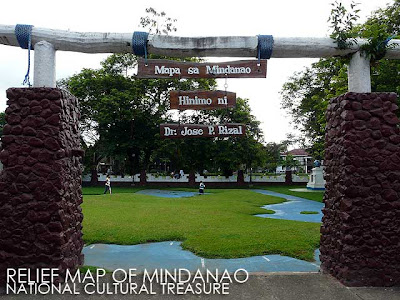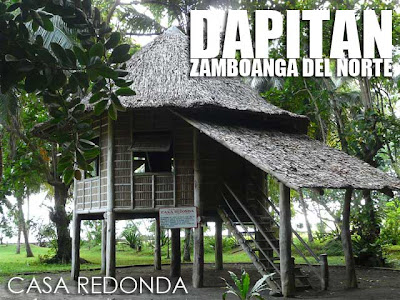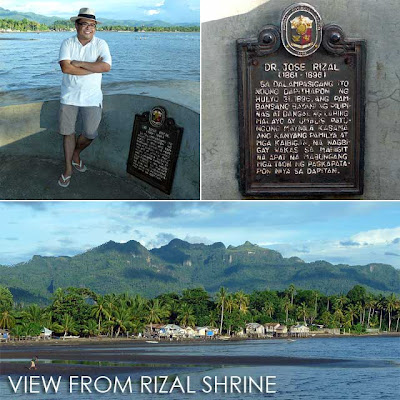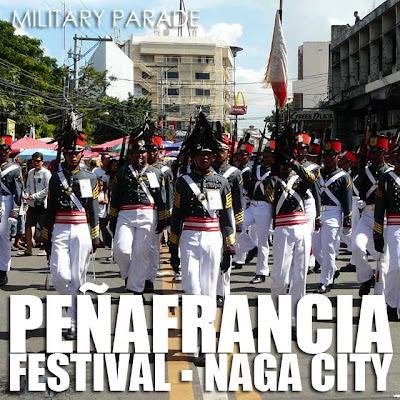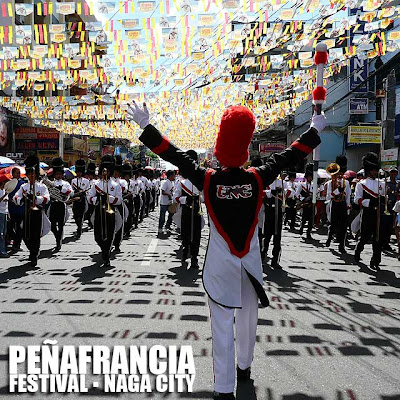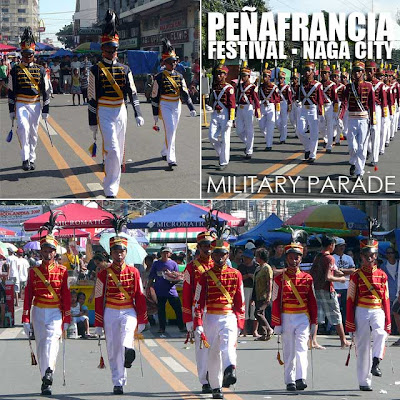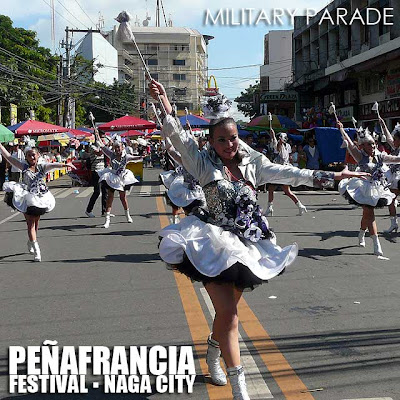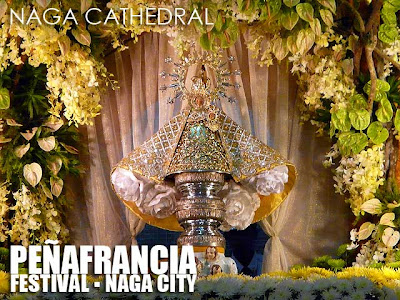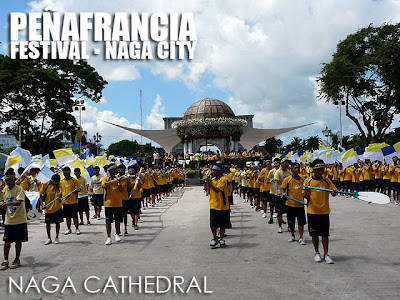
The
Penafrañcia Festival is arguably the largest Marian festival in the country gathering thousands of pilgrims from Bicol and all over the country to Naga, Camarines Sur to fulfill their devotion to
Our Lady of Penafrañcia or
Ina to the Bicolanos.
Penafrañcia Festival 2010 marks the tercentenary or 300th anniversary of the devotion to Our Lady of Penafrañcia which made the celebration bigger and more significant. It was in 1710 that Fr. Miguel Robles de Covarrubias ordered the making of an image of Our Lady of Penafrañcia based on the original one in Spain.
While there are so many religious events and processions held to mark the Penafrañcia Festival, there are three major processions you should not miss. The first is the
Translacion Procession where barefooted male
voyadores and a sea of devotees ferry the image of
Ina and the
Divino Rostro from the
Penafrañcia Shrine to the
Naga Cathedral amid spirited chants of
Viva la Virgen! A
voyador is a person who helps carry the
andas of the images. This four-hour procession is held (always on a Friday) nine days before the
Solemnity of Our Lady of Penafrañcia which is celebrated on the third Sunday of September. The day begins with a
Penitential Procession from the
Penafrañcia Basilica to the Penafrañcia Shrine at 4 a.m. The Translacion Procession leaves the Shrine at about 9 a.m.

Another of the major processions are the three
Penitential Dawn Processions which leave the Cathedral at 3:30 a.m. on the Thursday, Friday and Saturday before the Solemnity of Our Lady of Penafrañcia. The images of Our Lady of Penafrañcia and the Divino Rostro are taken around Naga West, South Downtown and Naga North respectively. I got to attend the last of the Penitential Processions which was held on Saturday, September 18 of this year. I was surprised to see thousands of people up so early in the morning, a testament to the strong devotion of the Bicolanos to
Ina.

The first to exit the Naga Cathedral door is the Divino Rostro. As the
anda is brought out, devotees would chant
Viva el Divino Rostro! This is followed by the anda of the
Nuestra Señora de Peñafrancia which exits the Naga Cathedral amidst cheers of
Viva la Virgen! As the procession leaves the church, the church bells are pealed.
Finally, the biggest of the three processions is the
Fluvial Procession held the day before the Solemnity. The images of Our Lady of Penafrañcia and the Divino Rostro are returned from the Cathedral to the Basilica on a pagoda via the Naga River. Unfortunately, I missed this one since I had to fly back to Manila in the morning right after the Dawn Procession.
Aside from the religious events, there are civic and military events including a five-hour Military Parade participated in by CAT and ROTC units of over a hundred schools around Bicol which I will talk about in another entry. Experiencing first-hand the massiveness of the festival and fervor of the devotion made me realize the festival is worth returning to next year.






